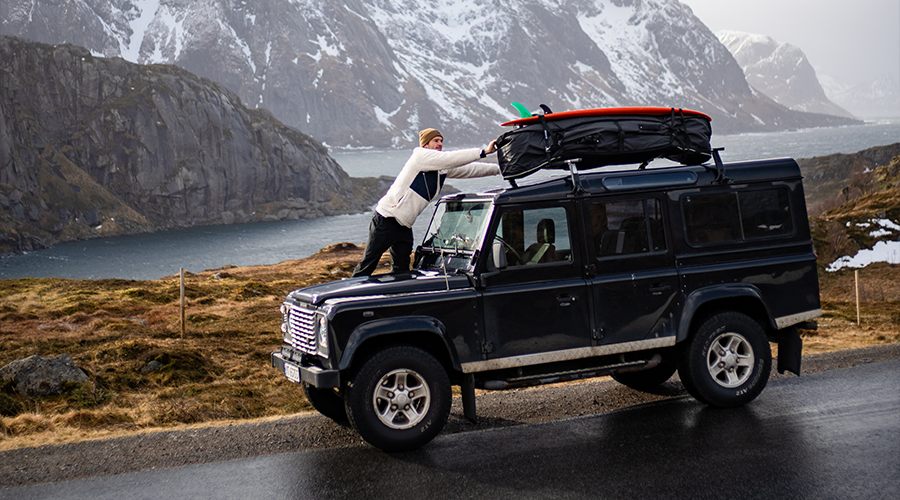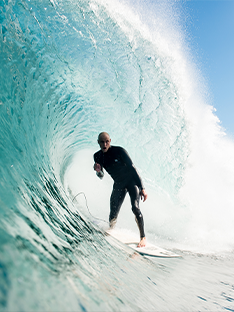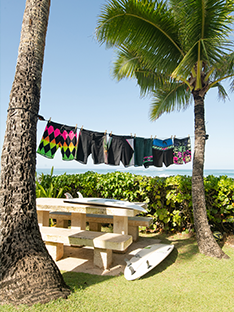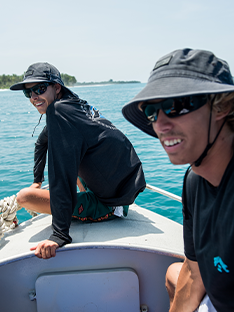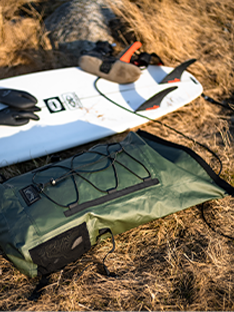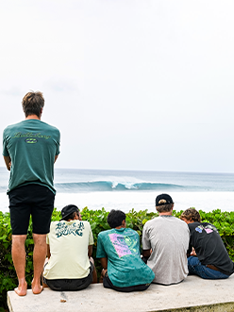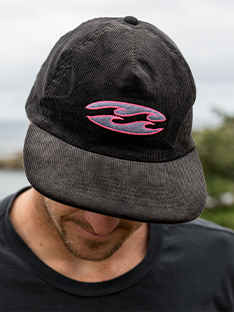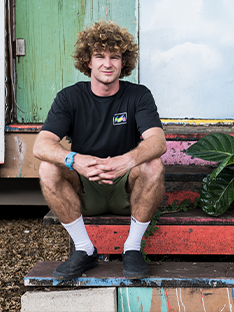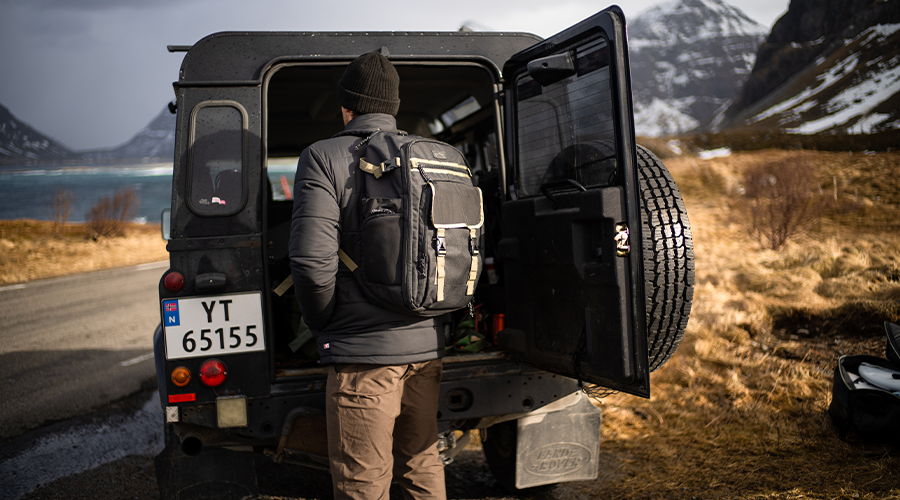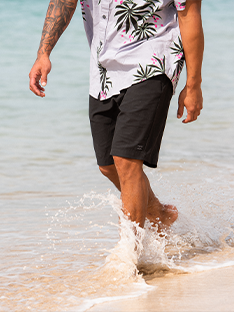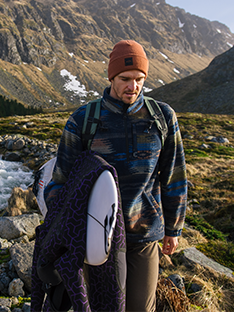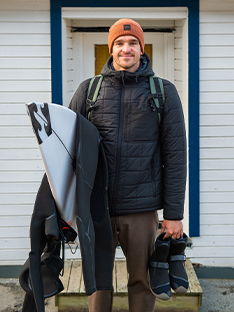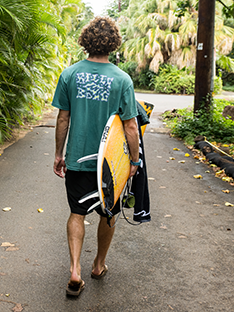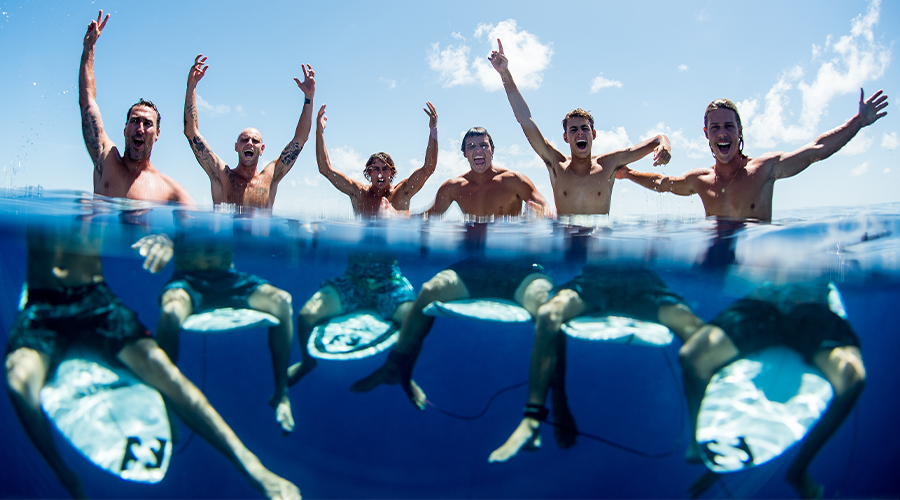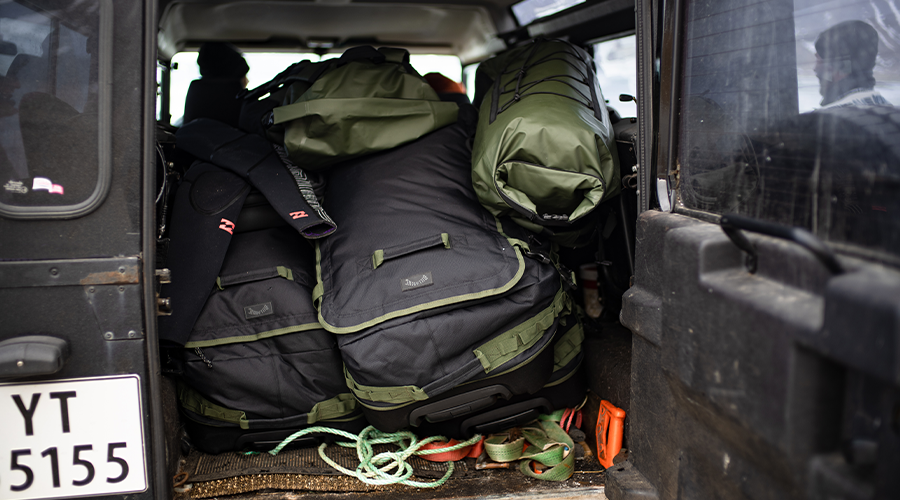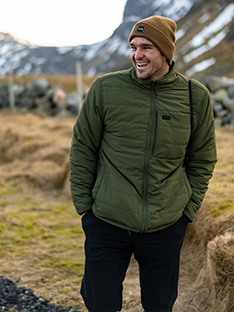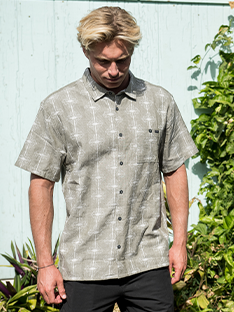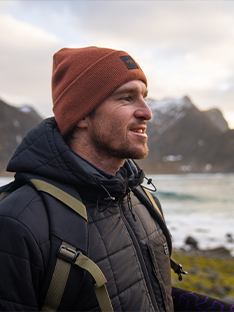-
{% if product.siblings.size > 0 %}
{% assign types = product.siblings | map: 'product_type' | uniq %}
{% for type in types %}
{% if type == blank %}{% continue %}{% endif %}
- {{ type | split : ' - ' | last }} {% endfor %} {% unless types contains product.type %} {% assign productType = product.type | handlize %}
- {{ productType | split : ' - ' | last }} {% endunless %} {% endif %}
{% if searchLoading %}
{% endif %}
{% capture collection_type %}searchspring{% endcapture %}
{% assign url = 'https://rjb6gv.a.searchspring.io/api/search/search.json?siteId=rjb6gv&resultsFormat=native&resultsPerPage=6' %}
-
{% assign highlight = query | prepend:'' | append:'' %}
{% if collection_type == 'searchspring' %}
{% if suggested.text != blank %}
- {{ suggested.text | replace:query,highlight }} {% endif %} {% endif %} {% if alternatives.size > 0 %} {% for alternative in alternatives %}
- {{ alternative.text | replace:query,highlight }} {% endfor %} {% endif %}
{{ type | capitalize }}
-
{% for item in resources.results[type] %}
- {{ item.title }} {% endfor %}
{% capture collection_type %}searchspring{% endcapture %}
{% if products.size > 0 %}
Did you mean {{ didYouMean.query }}?
{% endif %}
{% for product in products limit:6 %}

 {% assign badges = productBadges | where: 'type', 'graphic' %}
{% for badge in badges %}
{% if product.tags contains badge.tag %}
{% if badge.icon contains '.' %}
{% assign badges = productBadges | where: 'type', 'graphic' %}
{% for badge in badges %}
{% if product.tags contains badge.tag %}
{% if badge.icon contains '.' %}
 {% else %}
{% endif %}
{% break %}
{% endif %}
{% endfor %}
{% assign badges = productBadges | where: 'type', 'icon' %}
{% for badge in badges %}
{% if product.tags contains badge.tag %}
{% if badge.icon contains '.' %}
{% else %}
{% endif %}
{% break %}
{% endif %}
{% endfor %}
{% assign badges = productBadges | where: 'type', 'icon' %}
{% for badge in badges %}
{% if product.tags contains badge.tag %}
{% if badge.icon contains '.' %}
 {% else %}
{% endif %}
{% break %}
{% endif %}
{% endfor %}
{% assign badges = productBadges | where: 'type', 'option' %}
{% if badges != blank %}
{% if product.siblings.size > 0 %}
{% else %}
{% endif %}
{% break %}
{% endif %}
{% endfor %}
{% assign badges = productBadges | where: 'type', 'option' %}
{% if badges != blank %}
{% if product.siblings.size > 0 %}
{% endfor %}
{% endif %}
{% if didYouMean.query != blank %}
{% for badge in badges %}
{% assign show_badge = false %}
{% if product.tags contains badge.tag %}
{% assign show_badge = true %}
{% endif %}
{% for sibling in product.siblings %}
{% if sibling.tags contains badge.tag %}
{% assign show_badge = true %}
{% endif %}
{% endfor %}
{% if show_badge %}
{{ badge.label }}
{% endif %}
{% endfor %}
{% endif %}
{%- assign swatch_styles = 'h-full w-full object-contain' -%}
{% assign limit = 4 %}
{% if product.siblings.size > 4 %}
{% assign limit = 3 %}
{% endif %}
![{{ product.title }}]() {% for sibling in product.siblings limit:limit %}
{% for sibling in product.siblings limit:limit %}
![{{ sibling.title }}]() {% endfor %}
{% if product.siblings.size > 4 %}
{% endfor %}
{% if product.siblings.size > 4 %}
{% endif %}
{% if product.available == false %}
Sold out
{% endif %}
+{{ product.siblings.size | minus: 4 }} More
{% endif %}
{% for badge in productBadges | where: 'type', 'text'%}
{% if product.tags contains badge.tag and badge.type != 'option' and badge.type != 'icon' and badge.type != 'graphic' %}
{{ badge.item }}
{% endif %}
{% endfor %}
 {{ Geo.current_site.flag_label }}
{{ Geo.current_site.flag_label }}
 {{ Geo.target_site.flag_label }}
{{ Geo.target_site.flag_label }}

